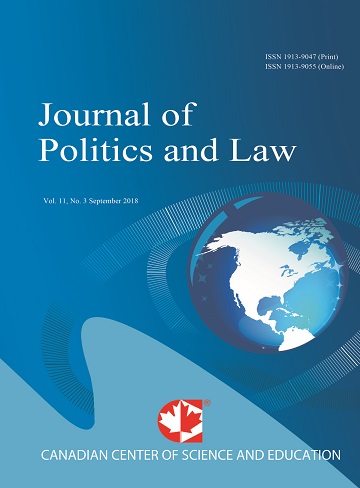From the Mystical Unity to the Pantheism (Oneness of Existence)
- Fatemeh Hakima
- Naser Moheseni Nia
- Mohammad Shafi Saffari
- Syed Esmail Ghafelehbashi
Abstract
In the gnostic literature of Iran and in the Islamic Gnosis, gnosis has been interpreted as an effort to save the individual by accessing to the real unity.
The unity, mystical journey (conduct) and the relation of God with creature are considered as three main axes under the theme of unity or the gnostic unity until before the pantheistic gnosis of Ibn Arabi, the concept's explanation and the definition of unity in terminological and lexical terms, expression of unity concept in the non-Islamic gnosis, explanation of unity concept in the Iranian-Islamic gnosis until the period of Ibn Arabi, expression of the way of mystical journey, explanation of mystics' attitude on the subject of mystic unity based on the belief of Gnostics of Khorasan school, expression of God's relation with creature in the Iranian and Ibn Arabi's gnosis are considered as the most fundamental under considering instances of this research work; in addition, a brief explanation on pantheism of Ibn Arabi is also under consideration. The theoretical pillars of exalted unity from the perspective of Ibn Arabi, are existence, entity and manifestation; Ibn Arabi, contrary to his preceding Gnostics doesn't consider the creatures mirageor hallucination. This view is somewhat different from the views of mystics of Khorasan, and Gnosis of Khorasan, the differences that have led to two ways of Conduct (Mystical journey) in gnosis. The scope of this research begins from the third century AD and continues by the end of the seventh century that is the rise of theoretical gnosis based on the Ibn Arabi's pantheistic opinions.
- Full Text:
 PDF
PDF
- DOI:10.5539/jpl.v9n2p64
Journal Metrics
h-index (2017): 14
i10-index (2017): 39
h5-index (2017): 9
h5-median (2017): 11
Index
- Academic Journals Database
- ACNP
- ANVUR (Italian National Agency for the Evaluation of Universities and Research Institutes)
- Berkeley Library
- CNKI Scholar
- COPAC
- CrossRef
- DTU Library
- EBSCOhost
- Elektronische Zeitschriftenbibliothek (EZB)
- EuroPub Database
- Excellence in Research for Australia (ERA)
- Genamics JournalSeek
- GETIT@YALE (Yale University Library)
- Ghent University Library
- Google Scholar
- Harvard Library
- HeinOnline
- INDEX ISLAMICUS
- Infotrieve
- Jisc Library Hub Discover
- JournalGuide
- JournalTOCs
- LOCKSS
- MIAR
- Mir@bel
- NewJour
- Norwegian Centre for Research Data (NSD)
- Open J-Gate
- PKP Open Archives Harvester
- Publons
- Pubmed journal list
- RePEc
- ROAD
- Scilit
- SHERPA/RoMEO
- Standard Periodical Directory
- Stanford Libraries
- UCR Library
- Ulrich's
- UniCat
- Universe Digital Library
- UoS Library
- WorldCat
- Zeitschriften Daten Bank (ZDB)
Contact
- William TaiEditorial Assistant
- jpl@ccsenet.org
